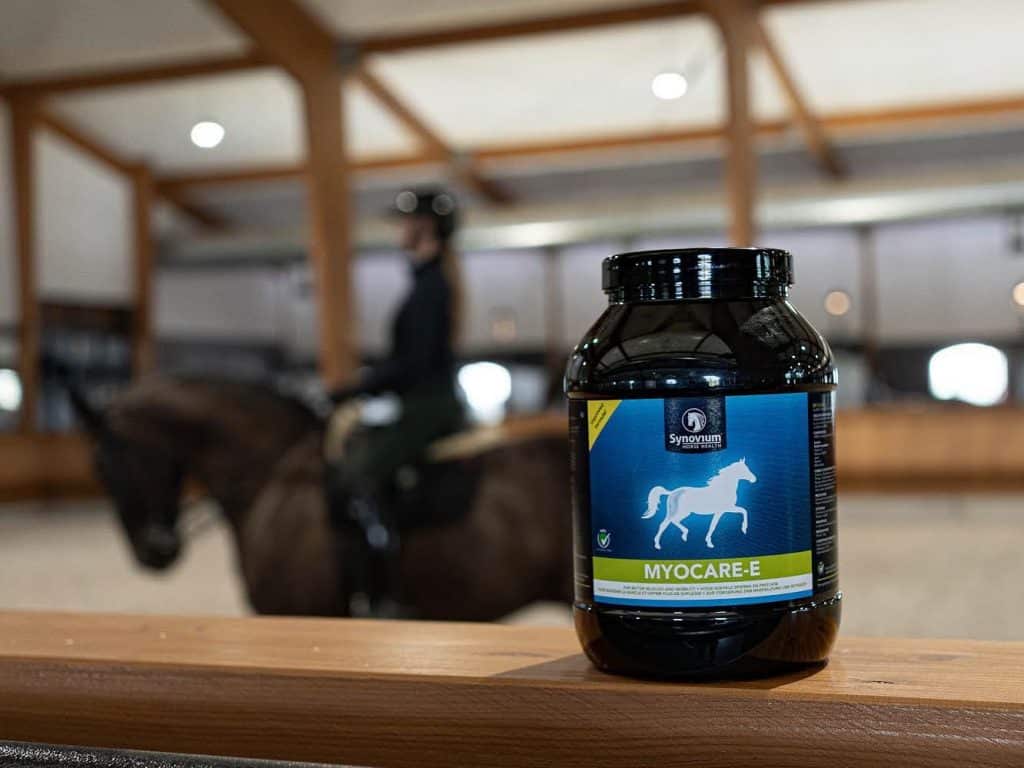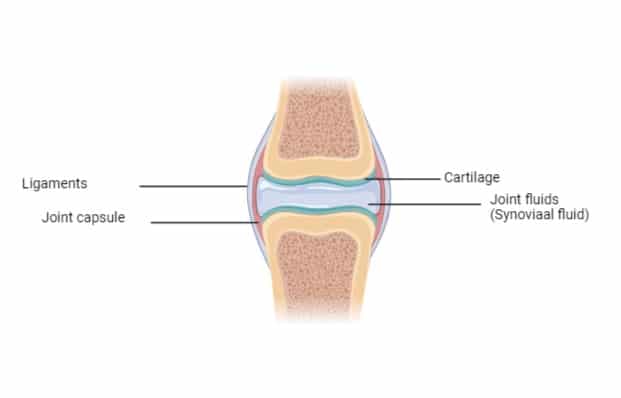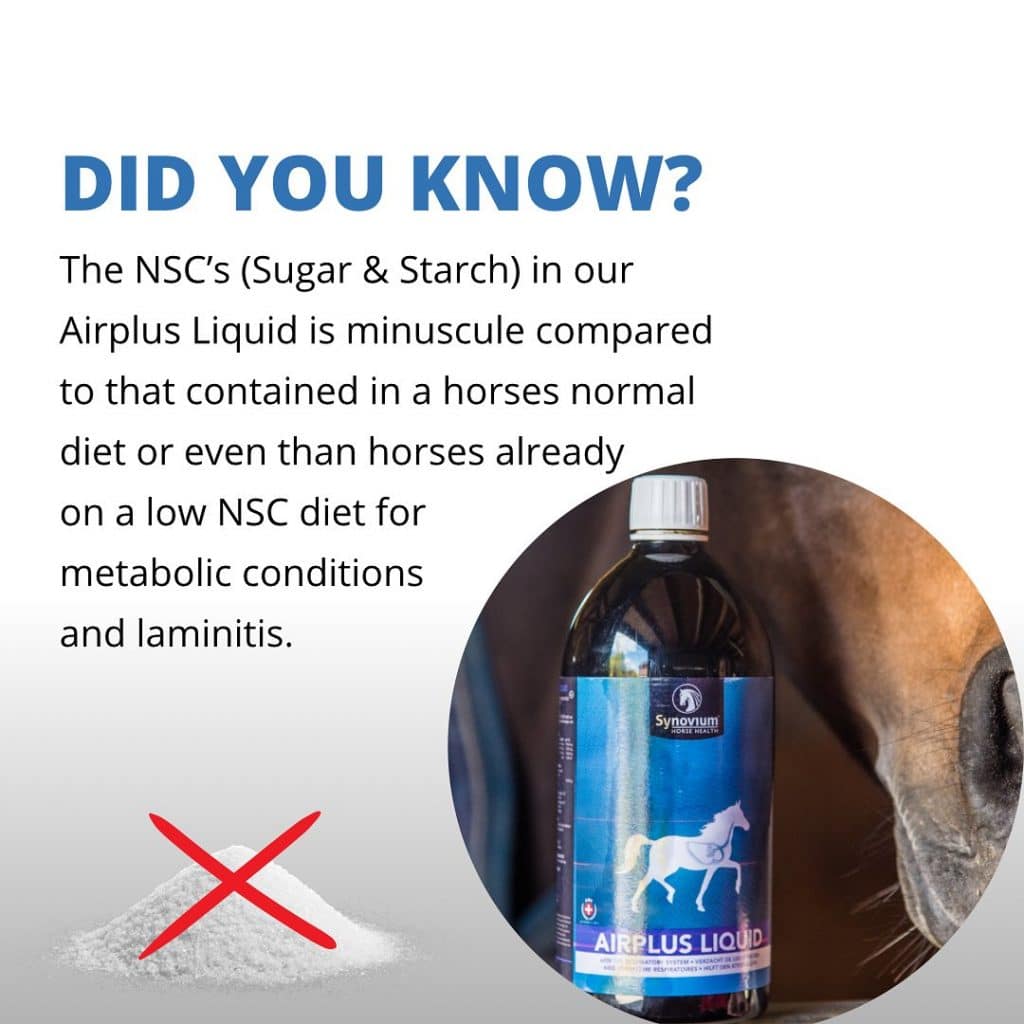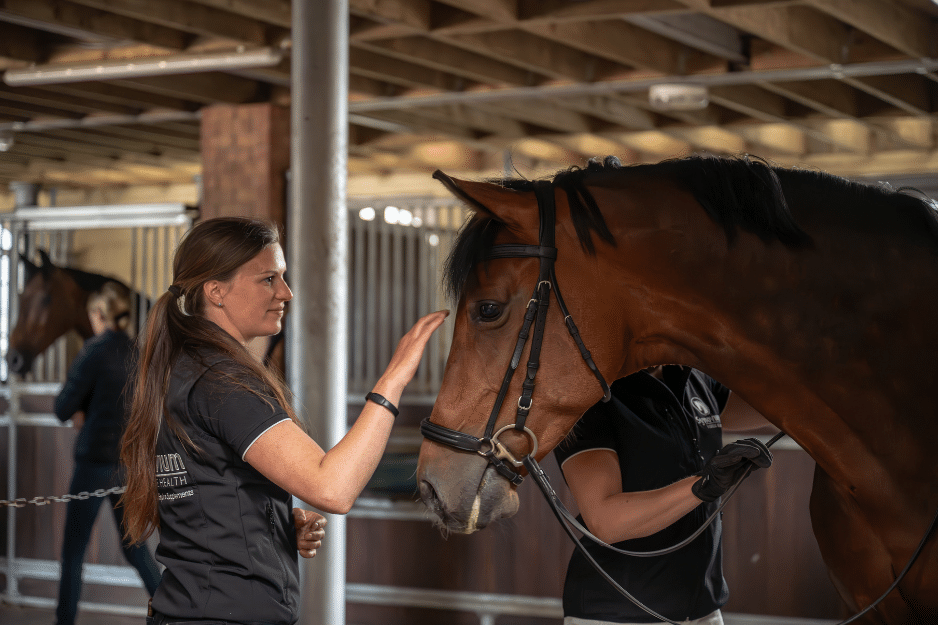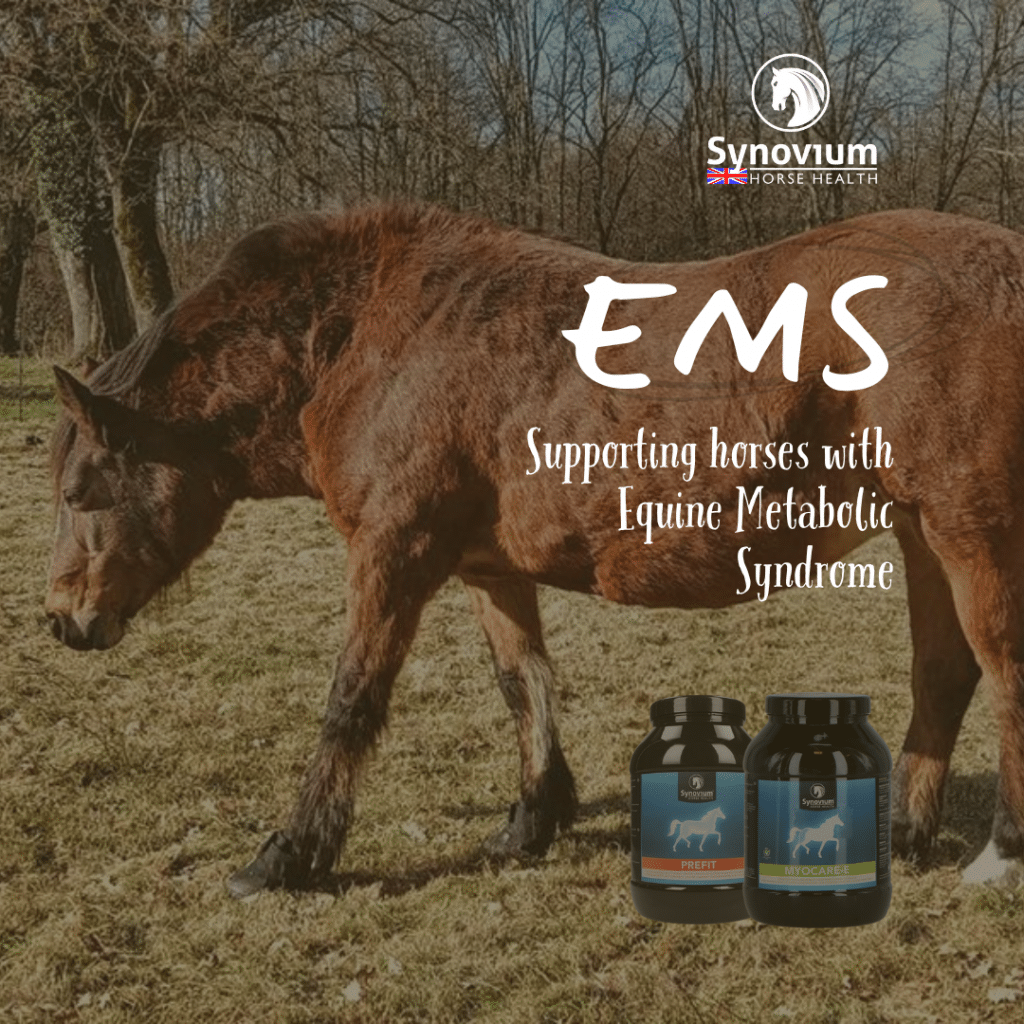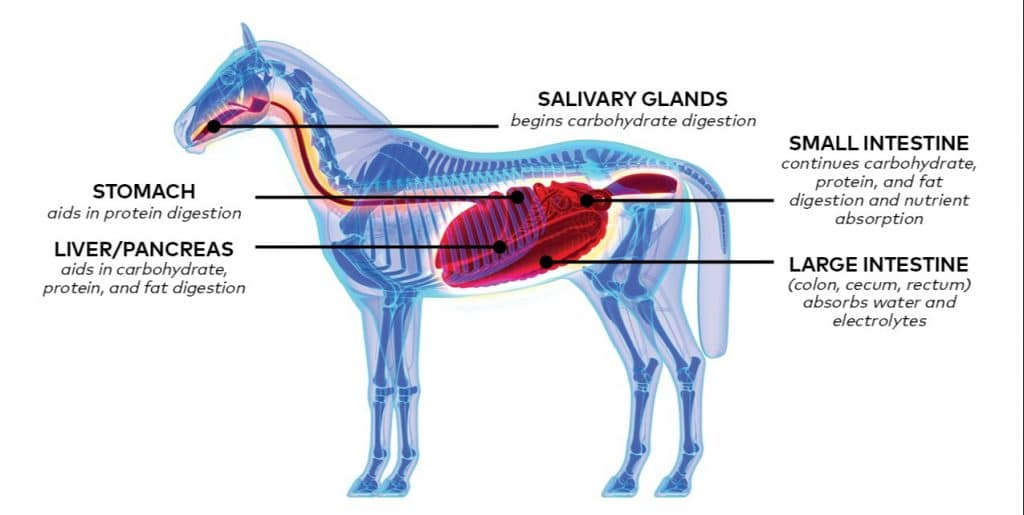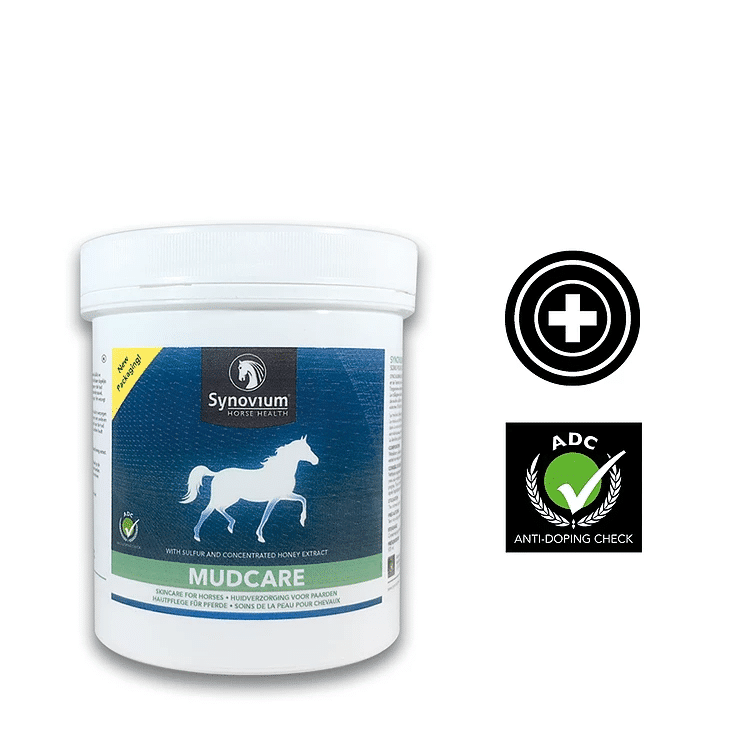In this week’s blog, we will look at PSSM (Polysaccharide Storage Myopathy) in horses, other names given to this syndrome include exertional rhabdomyolysis (ER),or tying-up. PSSM is classified as a metabolic disease that results in the accumulation of high muscle glycogen and abnormal polysaccharide in skeletal muscles. We will discuss some of the specific causes […]
The horse’s immune system is one of the body’s most important mechanisms. The function of the equine immune system is to kill harmful pathogens that enter the body, preventing infections and disease. A well-functioning immune system is therefore essential for the horse’s health. Several factors influence the function of the immune system, a balanced diet […]
Equine Metabolic Syndrome (EMS) is a syndrome that develops in the body due to a disturbed metabolism. In recent years, EMS has received increasing attention and more horses have been diagnosed with EMS. However, Equine Metabolic Syndrome is not a disease itself but rather a collection of multiple symptoms. The development of EMS is primarily […]
The body weight of the horse significantly impacts their performance, health, and overall well-being. Maintaining a healthy body weight mainly relies on suitable nutrition. A diet that exceeds or fails to meet the horse’s daily needs subsequently leads to being overweight or underweight. Therefore, It is essential to regularly monitor the horse’s body weight and […]
Optimal Gut Health in Horses A healthy and well-functioning digestive system is important for the horse’s overall health and well-being. Abrupt changes in the ration or high levels of starch and sugar in the diet have an effect on the function, balance and composition of the intestinal flora. Disruption of this balance can lead to […]
What is mud fever? ‘Mud Fever’, also known as pastern dermatitis, is a skin condition that causes irritation, soreness, and scabs with moist lesions underneath. Mud Fever is usually found on the back of the horse’s heels and the fetlocks, but it can extend up the back of the legs. Infections can develop underneath the […]

